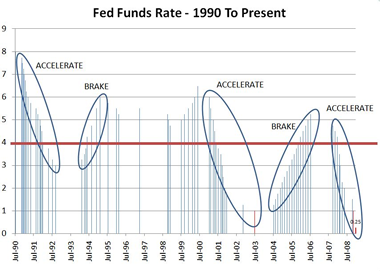Magnetism And Climate 2nd Verse
SEARCH BLOG: CLIMATE CHANGE
Friday's post dealt with "a radical new theory" about how earth's magnetism was correlated with temperature changes. Below are the contents of a document sent by Peter Ravenscroft whose work was cited in that post. There is a lag between increased magnetic intensity and increased temperature which gives an indication of causality as well as a good geographic correlation.
 For those of you who did not go to Peter's original work, here is the chart of the change in earth's magnetism versus change in earth's temperature.
For those of you who did not go to Peter's original work, here is the chart of the change in earth's magnetism versus change in earth's temperature.
The slopes of these link-lines, though not invariant, are still fairly consistent. That means that if these two are cause and effect, or are both caused by the same third effect, the overall rate of change of the temperature (including both the initial rise and the subsequent longer drop, and until the coldest point in the cycle is reached), is very similar for each event. In reality the fit could be even better than the graphs suggest, given that the marine deuterium-ratio data may very well have missed a cold spell or two. The forward-sloping red line links the minor magnetic peak after the one giving the most anomalous slope, to the same temperature low, and is the one I would have preferred to see. At a guess, maybe there is a data error. Very few sedimentary records, even composite ones such as this, are perfect.
As Peter indicated:
I will try a rash prediction. Consider again the two graphs given in the figure above. The backward-sloping blue line passing through the present is an exact copy and a lateral translation of the one to the left, which gives the downward slope and length of a fairly typical temperature drop after an interglacial peak. The two upper horizontal black lines give the upper and lower temperature limits for glacial times. The green arrow shows the position of X, the point where the average time-link line should meet the typical dropping post-interglacial-peak temperature line. If it works, 8,888 years from now, expect the lowest point of a fairly mild glacial period. Let me know if you spot it on your rambles. There should be no high peaks until then, so take a warm jumper. Obviously, that sort of precision is totally unrealistic, as the slopes of the time-link lines do vary. But, you may get the idea and it may work, to within a couple of thousand years or so. Crystal ball-gazing aside, what I do think we can infer, if the above is even just basically correct, is that it is changes in the earth's magnetic field that are causing the ice ages. Or, some other phenomenon, so far unknown, is causing both.
..








